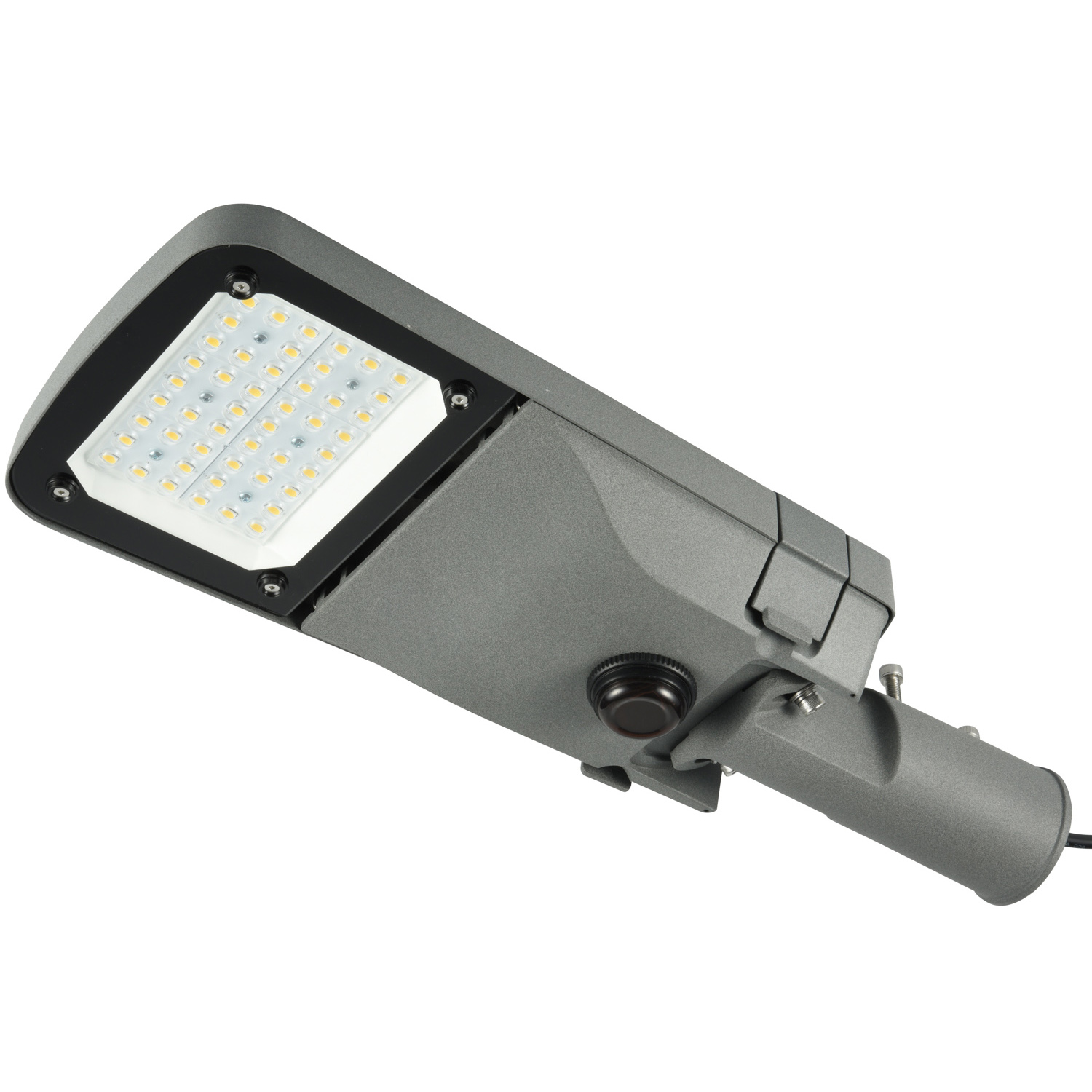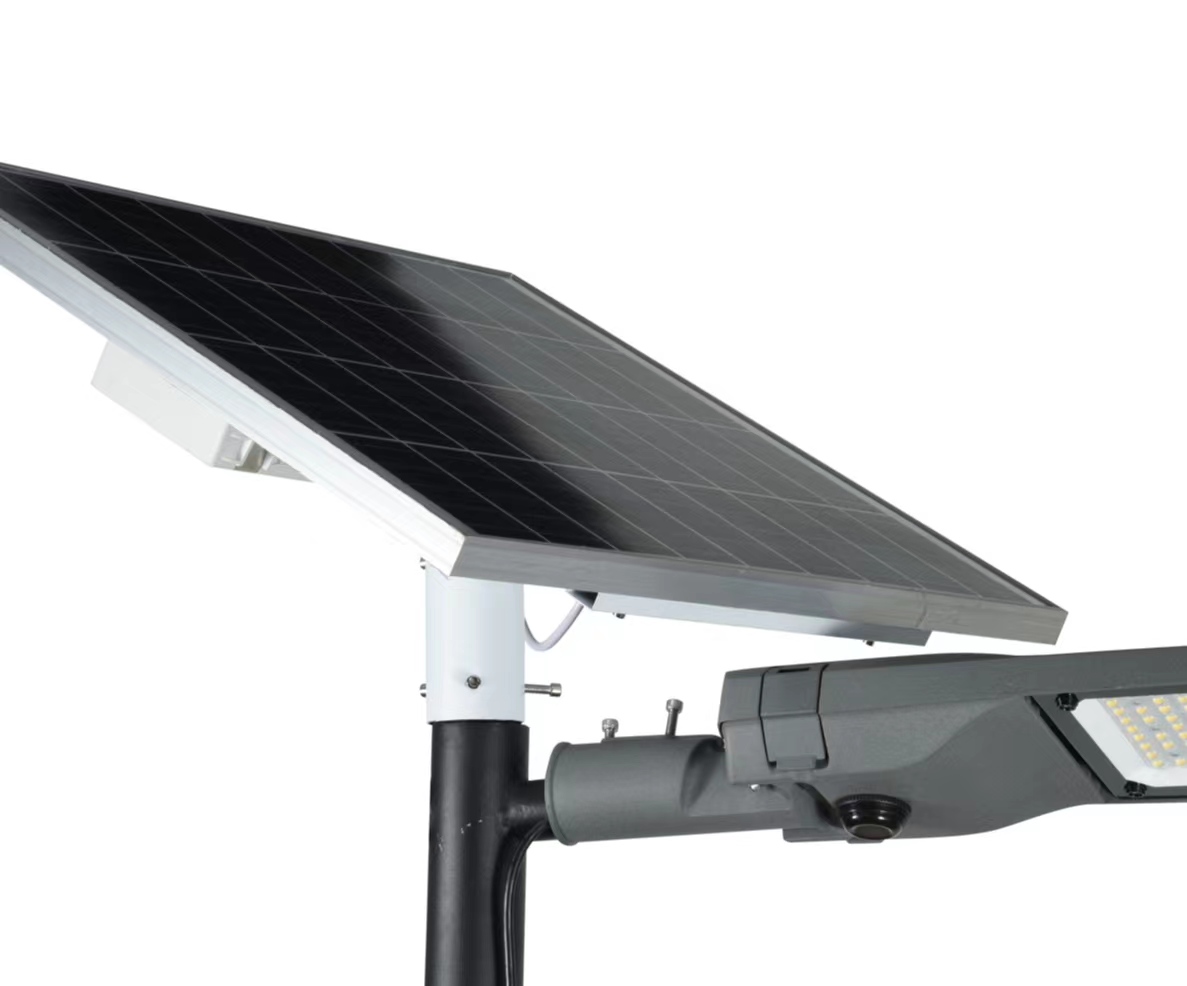Why are LED floodlights the best choice for outdoor lighting?
15-12-2025Ningbo sunle Lighting Electric Co.,Ltd
Introduction to LED Street Lights Street lightin […]
Introduction to LED Street Lights
Street lighting has undergone a remarkable transformation over the years, evolving from the basic gas lamps of the 19th century to the energy-efficient LED technology of today. Early street lights, like the gas lamps introduced in the 1800s, were limited in terms of light quality and energy efficiency. Over time, electric street lights powered by incandescent and later sodium vapor bulbs took their place. While these technologies significantly improved lighting quality and energy consumption, they still posed challenges related to energy inefficiency, high maintenance costs, and poor longevity.
The introduction of LED (Light Emitting Diode) technology has revolutionized street lighting, providing a more sustainable, cost-effective, and energy-efficient alternative. With advancements in LED technology, street lighting has entered a new era of smarter, greener cities.

Benefits of LED Street Lights
LED street lights are rapidly replacing traditional street lighting solutions due to their numerous benefits. Let's explore some of these key advantages:
1. Energy Efficiency
LEDs consume significantly less energy than conventional street lights like incandescent or high-pressure sodium lamps. They convert more electricity into light and waste far less energy in the form of heat. This reduction in energy consumption leads to lower electricity bills, making them an environmentally friendly option that reduces the overall carbon footprint of cities.
2. Cost Savings
Switching to LED street lights results in substantial cost savings for municipalities. Not only do LEDs lower electricity bills, but they also reduce maintenance costs. Traditional streetlights require frequent bulb replacements, while LEDs have a much longer lifespan, meaning fewer repairs and replacements. This long-term cost reduction adds up over the years, making the initial investment in LED lighting worthwhile.
3. Long Lifespan
One of the most notable advantages of LED street lights is their extended lifespan. While conventional street lights typically last around 1,000–2,000 hours, LEDs can last between 25,000 and 50,000 hours. This increased longevity reduces the frequency of replacements and the associated labor and material costs, while also minimizing waste.
4. Durability and Reliability
LED street lights are highly durable and resistant to harsh environmental conditions, including extreme temperatures, rain, and snow. Their solid-state technology makes them resistant to vibrations, impacts, and other external stresses, ensuring consistent performance over time without the degradation seen in traditional bulbs.
5. Improved Lighting Quality
LED lights provide superior light quality with better visibility, uniformity, and color rendering compared to older street light technologies. This improved lighting enhances safety for pedestrians and drivers, reducing accidents and enhancing the overall quality of urban spaces. LEDs also offer instant full brightness, unlike traditional lights that may take time to warm up.
6. Reduced Light Pollution
LEDs are designed with focused light distribution, minimizing the spread of light into areas where it's not needed. This targeted lighting reduces light trespass, which is a major contributor to light pollution. By focusing light exactly where it's needed, LEDs help preserve the natural night sky and reduce disturbances in residential areas.
Types of LED Street Lights
LED street lights come in various designs and configurations to suit different needs and applications. Here are some of the most common types:
1. Based on Design
Cobra Head: These are the most common LED street light design, characterized by a curved arm and a fixture that points downward. They are used for highways, streets, and major roadways.
Shoebox: These fixtures are rectangular or square-shaped and are commonly used for wide-area lighting, such as in parking lots and large roadways.
Post Top: These lights are mounted on the top of poles, often used in residential or decorative street lighting applications.
2. Based on Wattage and Brightness
LED street lights come in various wattage options, with the brightness measured in lumens. This allows for customization based on the size and needs of the area being lit. High-wattage options are ideal for large streets and highways, while lower wattage is suitable for smaller streets and residential areas.
3. Based on Mounting
LED street lights can be mounted in different ways:
Pole Mounted: These are the most common installation type, where the fixture is mounted on a pole to illuminate streets.
Wall Mounted: Suitable for smaller areas or places where pole installation is impractical, such as alleys or pathways.

Key Features to Consider
When selecting LED street lights, there are several important features to keep in mind:
1. Brightness (Lumens)
Ensure the light provides adequate brightness for the intended area. Too little brightness can compromise safety, while too much can cause glare.
2. Color Temperature (Kelvin)
Color temperature determines the warmth or coolness of the light. Warm lights (2,700K–3,000K) are more suitable for residential areas, while cool white lights (4,000K–5,500K) are preferred for commercial and industrial areas as they offer clearer visibility.
3. Light Distribution
Ensure the light fixture provides even and uniform coverage to avoid dark spots and ensure consistent illumination across the area.
4. IP Rating
The IP (Ingress Protection) rating indicates the level of protection the fixture has against dust and water. Higher IP ratings (such as IP65 or IP66) ensure that the light can withstand outdoor elements and continue to perform reliably.
5. Photocell
A photocell is an important feature that allows the light to automatically turn on at dusk and off at dawn, ensuring efficient use of energy.
6. Warranty
Look for a warranty that offers protection against defects in materials and workmanship. A longer warranty period generally indicates the manufacturer's confidence in their product’s longevity and reliability.
Installation and Maintenance
Installation Process
The installation of LED street lights typically involves setting up poles, wiring the fixtures, and installing the lights. Depending on the type of lighting system, some may require integration with smart controls or sensors.
Maintenance Tips
Regularly inspect the fixtures for damage, dirt, and dust accumulation.
Clean lenses to ensure optimal light output.
Inspect and replace any faulty components, such as photocells or wiring.
Cost Analysis and ROI
Initial Investment
The upfront cost of LED street lights includes the purchase of fixtures, installation, and possibly smart controls. Although the initial investment may be higher than conventional lighting, it is significantly offset by long-term savings in energy and maintenance.
Long-Term Savings
Over time, the savings from reduced energy consumption and fewer maintenance requirements can far outweigh the initial costs. The ROI of LED street lights is often realized within a few years.
Calculating ROI
Calculating the ROI involves considering the reduced energy consumption and lower maintenance costs over the lifespan of the lights. Cities can recoup the investment quickly, and after that, the savings continue to build.
Smart Street Lighting
Introduction to Smart City Concepts
Smart street lighting systems are part of the broader "Smart City" movement, which integrates digital technologies to optimize urban infrastructure. These systems utilize sensors, remote controls, and adaptive lighting to adjust to traffic flow and environmental conditions, further enhancing efficiency and sustainability.
Benefits of Smart Street Lighting
Smart systems allow for remote monitoring, fault detection, and adaptive lighting that changes based on real-time conditions. For instance, lighting intensity can increase or decrease depending on traffic or pedestrian activity, optimizing energy use.
Regulations and Standards
There are various industry standards that govern the performance and safety of LED street lighting. These include:
IESNA (Illuminating Engineering Society of North America)
ANSI (American National Standards Institute)
UL (Underwriters Laboratories) certification for safety
DLC (DesignLights Consortium) certification for energy efficiency
Rebates and incentives are often available for municipalities that implement energy-efficient lighting systems, helping to offset the initial cost.